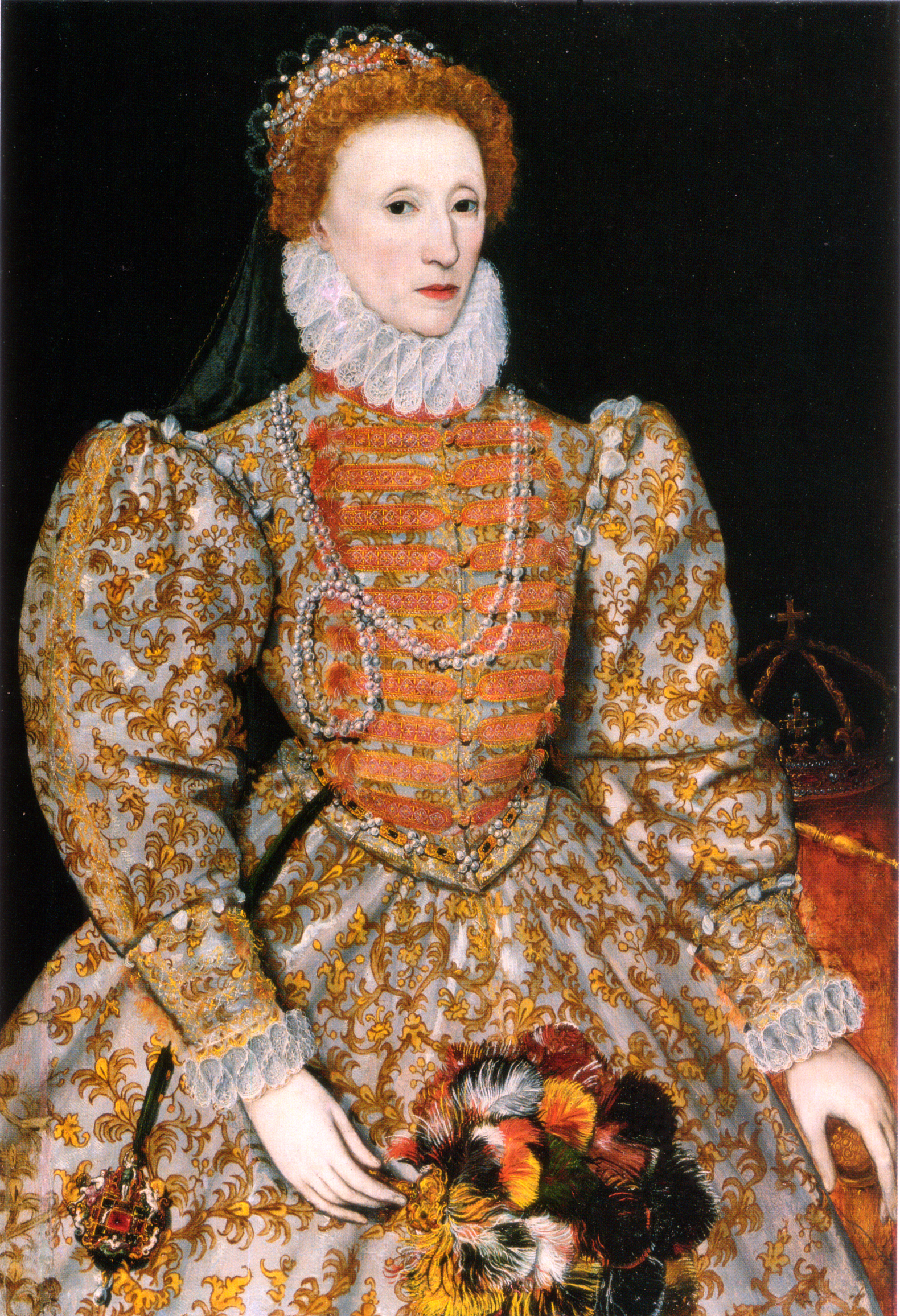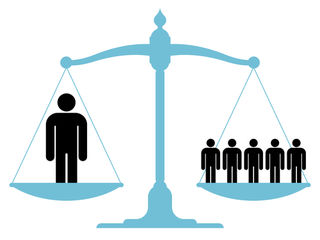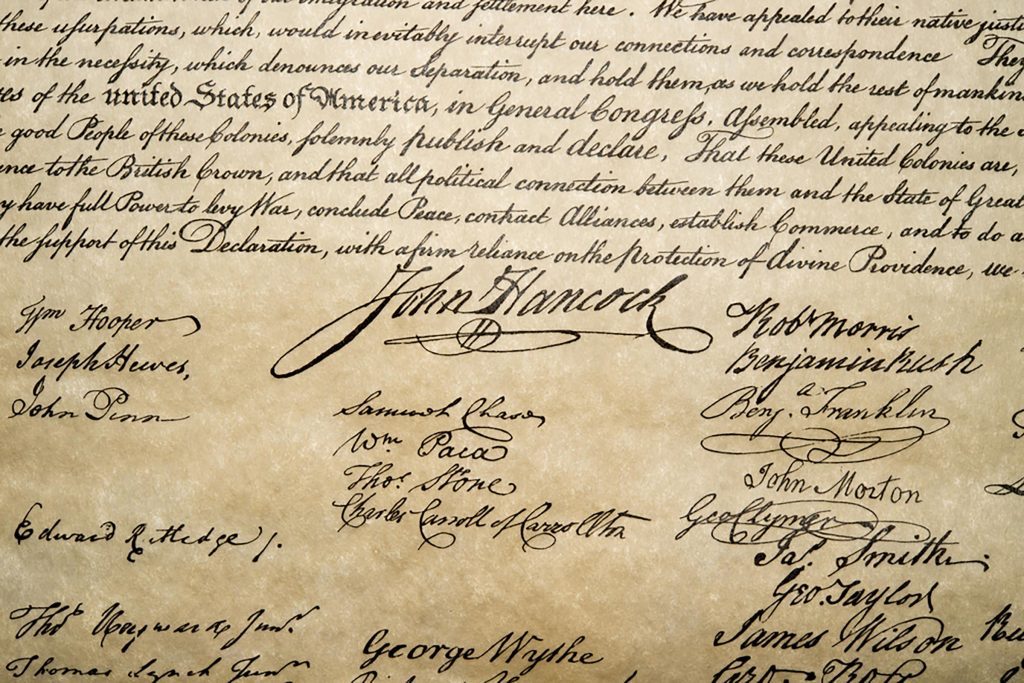 |
| A 1588 engraving by Theodore DeBry depicting a Spaniard feeding native babies to his dogs. |
Part II
England and Roman Catholicism
As Catholic activity increased in England, with exiled priests making incursions in to England in the 1580’s Elizabeth’s government ramped up the persecution of Catholics. Possies roamed the countryside seeking out country houses that secretly kept priests safe, where they could celebrate Mass. A number of Tudor era country houses still have their “priest holes,” or hiding places for priests when the heat was on. The assumption was that if an English citizen were a Catholic, their allegiance was to the Pope, and the Pope had, without exaggeration, ordered the assassination of Elizabeth. To be Catholic was treasonous.
England had already had a taste of a return to Catholicism under Elizabeth’s half-sister Mary and many wanted nothing to do with it.
The other issue with Catholicism was the nature of the Mass. Anglicanism at the time did not hold to transubstantiation as such, and saw the Mass as little more than a pagan ritual.
The Cruelty of the Spanish
The Spanish government made it clear that part of the reason for colonization in the Americas was to convert the heathen. Of course, this involved eradicating their culture and turning them into European Christians. Today, decent people are abhorred by such a view but it was commonly held at the time.
In 1583 (note the date) a 1552 work by Bartholome de Las Casas (1484-1566) was published in English for the first time. de La Casas is still a controversial figure since as a colonist he favored the enslavement and subjugation of the native peoples“The Spanish Colonie” describes the program of genocide that the Spanish inflicted on the native peoples of the Caribbean and Central America. De Las Casa writes:
“Upon these lames so meek, so qualified & endowed of their maker and creator, as hath bin said, entree the Spanish incontinent as they knewe them, as wolves, as lions, & as tigers most cruel of long time famished: and have not done in those quarters these 40.yeres be past, neither yet doe at the present, ought else save tears them in peeses, kill them, martyre them, afflict them, torment them, & destroy them by straunge sorts of cruelties never neithere seene, nor read, nor hearde of the like . . .so Farr forth that of above three millions of souls that were in the Isle of Hispaniola, and that we have seene, there are not nowe two hundredth natives of the countrey.” (f A2 obv.)
De Las Casa remains a controversial figure in the Roman Catholic Church, which beatified him in 2006. The Episcopal Church venerates him as a saint. He advocated, for one thing, that African slavery replace the slavery of native peoples.
This became known as the “Black Legend,” the narrative that the Spanish were cruel to the native peoples of the region. Today, scholars disagree over the causes of such a drop in population. Descendants of the Taino people still live in Puerto Rico. Some scholars favor slavery as a major cause of death. Others credit the introduction of European disease as the major cause of death. Clearly it is both. The conditions of slavery undoubtedly were a major factor. During the years of Columbus’ control of the island somewhere in the range of 100,000 committed mass suicide in protest of their conditions.
I’m not going to debate this issue because there simply isn’t space. It is clear that the Spanish saw the Taino as either pests to be eradicated or as slave labor. This aspect of the Spanish character stemmed from the Reconquista--the gradual reconquest of the Iberian peninsula (minus Portugal) from the Muslim kingdoms there. Get rid of the heathen then things will be good. God wills it.
So, the relationship with Latinos today? Peoples in the Latino world have a complicated ethnic background. Their ancestors include enslaved Africans, native peoples, and Spanish colonists, all in varying degrees. Native languages probably survived to an extent but Spanish became the universal colonial language. The same is true today. So here we have it. People of mixed descent in the region speak Spanish because it was the colonial language in Spanish colonies. The stereotype is that they are lazy, arrogant (because, supposedly, they don't learn English, which actually isn't true). So we have the worst of both worlds--a stubborn stereotype of native peoples as uncivilized, and their forced inheritance of a language that brings up residual images of cruelty and ignorance. For more on this see my previous post on the Origins of Racism: Colonialism.
https://ccowing.blogspot.com/2018/07/origins-of-racism-colonialism.html
Here's an easy way to test this out. If some hear Spanish being spoken in a public place they might go ballistic. "Go back to where you came from!" is the refrain. But what if they were speaking German, or Russian, or French? Big difference. Then you would want to know where they were from. Spanish has with it the baggage of being the language that Elizabethan England connected with money-grubbing, cruel Catholics.
By the way--English publications from the late sixteenth and early seventeenth centuries also promoted the idea that God had given England the New World that they might spread the faith and, while they were at it, make a buttload of money:
"...that you seeing and knowing the continuance of the action by the view hereof you may generally know & learne what thecountrey is, & therupon consider how your dealing therein if it proceede, may returne you profit and gaine; bee it either by inhabitting & planting or otherwise in furthering thereof." Thomas Harriot,
A Briefe and True Report of the New Found Land of Virginia (Frankfurt, 1590) p. 5.
And, of course, their motivations were clean, godly, and pure. In 1584 Richard Hakluyt wrote in the preface of his "Discourse of Western Planting" his outline for the rationale for colonizing what is now the East Coast of the United States:
1. That this westerne discoverie will be greately for thinlargement of the gospell of Christ whereunto the Princes of the refourmed relligion are chefely bound amongest whome her ma[jes]tie ys principall.
2. That all other englishe Trades are growen beggerly or daungerous, especially in all the king of Spayne his Domynions, where our men are dryven to flinge their Bibles and prayer Bokes into the sea, and to forsweare and renouwnce their relligion and conscience and consequently theyr obedience to her Ma[jes]tie.
3. That this westerne voyadge will yelde unto us all the commodities of Europe, Affrica, and Asia, as far as wee were wonte to travell, and supply the wantes of all our decayed trades.
4. That this enterprise will be for the manifolde imploymente of nombers of idle men, and for bredinge of many sufficient, and for utterance of the greate quantitie of the commodities of our Realme. (in The Original Writings & Correspondence of the Two Richard Hakluyts, E.G.R. Taylor, ed. London: the Hakluyt Society, 1935, II:211)
In other words, the New World provided the opportunity for Christianizing the heathen, gaining access to trade in Asia and Africa and making lots of money, beating Spain at their own gaine, and providing employment for a burgeoning English population.
The record of genocide in the English treatment of native peoples in North America needs no repeating. As Edward Rutledge sings in the musical 1776 in the song "Molasses and Rum and Slaves," to misappropriate the last line of this song about the triangle slave trade:
"Who stinketh the most?"








